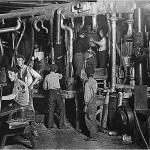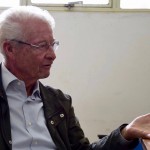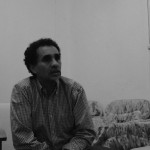Work
Work is at the centre of most experiences of mobility and migration. The quest for work is often the principal motor which leads people to migrate, as individuals, families or groups. Migrants – even when they are not easily labelled as ‘economic migrants’ – move in search of job opportunities, better prospects, or at times prestigious promotions. Work takes many forms, from manual to intellectual labour, from the visible presence of unions and workers’ associations to the often invisible powerhouse of women’s jobs. And work also becomes the marker of social mobility or of its denial, a sign of the varying porousness and translatability of social categories and geographical borders.
Work is, unsurprisingly a dominant presence in representations of migrant lives, from family photographs to iconic works of art. ‘Job’ is the almost Biblical force that controls the world of Italian emigrants in Pietro di Donato’s Italian American masterpiece, Christ in Concrete (1939). And it is work that forms the resilient core of an identity under attack for the de-humanized immigrants who are the protagonists of Christiana de Caldas Brito’s short story ‘Io, polpastrello 5.423’ (2002). This section gathers examples of the ways in which work shapes the lives of individuals and communities, how it is commemorated and remembered, and how the experience of work is translated by successive generations of migrants across languages, media, places and times.
 ‘Lavora na fazenda’ |
 Emigrante che vieni emigrante che vai (Popular song) |
 Interview with Claudia Acuña |
 Alberto Varnero |
 Alberto Di Lorenzo |

